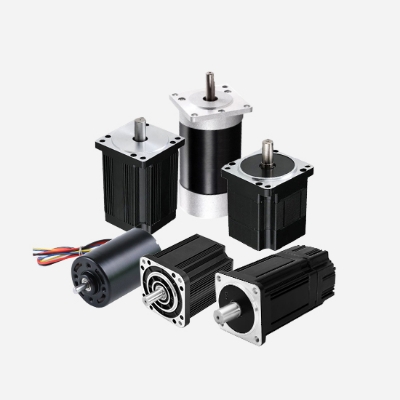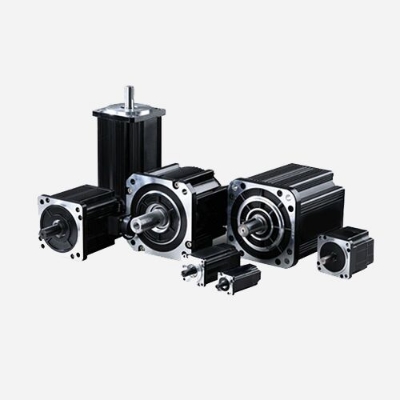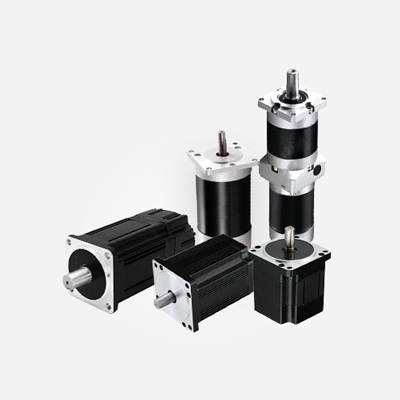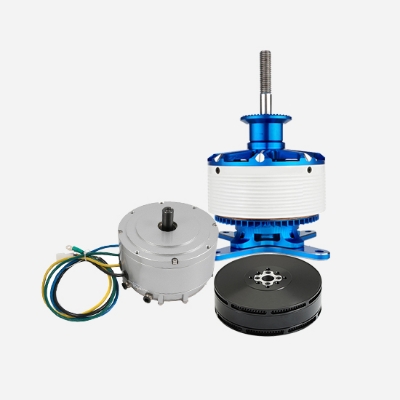A brushless DC motor, also known as a electronically commutated motor, is a type of electric motor that uses electronic commutation instead of brushes and a mechanical commutator, which are commonly found in traditional DC motors. Due to the absence of brushes and commutator. Because brushless motor has some components, it can better play the performance. In the following, we will introduce the components of BLDC motor.
Brushless motor has an irreplaceable role in the industrial field. It is precisely because of the outstanding role of brushless DC motor that it also needs long-term use. After the brushless motor is overloaded, the current will be too large, which will aggravate the motor fever, burn out the motor for a long time, and even cause a fire. So we should do a good job of maintenance, so as to make it work. So what should we do? In this article, we will introduce 4 tips about BLDC motor maintenance.
For most applications of BLDC (brushless DC) motor, it is advisable to use a motor controller, in fact, if you are using a brushless (electrically commutated "EC") motor, then you have to use a controller to fire the correct phase winding at the right time.
The brushless DC motor consists of a motor body and a driver and is a typical mechatronic product. A brushless motor refers to a motor without brushes and commutators (or collector rings), also known as a commutator-free motor. The brushless DC motor (BLDC) replaces the mechanical commutator with an electronic commutator, so the brushless DC motor not only has the characteristics of good speed regulation performance of the DC motor, but also has the characteristics of the simple structure of the AC motor, no commutation sparks, and reliable operation and the advantages of easy maintenance.
Essentially, electric motors are designed to convert electrical energy into mechanical energy, to be specific, the rotational motion of some shaft known as the rotor. The two most common motor designs include brushless and brushed motors. Today we’re going to discuss the benefits of brushless motors as compared to their brushed counterparts.
A Brushless servo motor is small in size, light in weight, high in force, fast response, high speed, small inertia, smooth rotation, and stable torque. The control is complex and easy to realize intelligence, and its electronic phase change is flexible and can be sine wave phase change.
Both motor KV and the number of poles are related to the speed/RPM of the motor. We know that as the RPM increases, the KV value also increases. Alternatively, a higher number of poles corresponds to a motor running at a lower RPM. Therefore, the relationship between the number of motor poles and the KV value is inversely proportional. This makes sense when we actually consider it.
With the more and more widespread use of DC brushless motors, its performance has also improved to a certain extent. However, various failures will also be encountered in the process of using the BLDC motor, among which the inability to start the device is one of the most common problems.
At present, we can observe the electric motors' speed control all over modern society. So, the list of speed control mainly includes an extensive range of machines which ranges from basic electrical appliances used in a household like in the garage, or garden to large industrial plants through pumps, machine tools, conveyor belts, etc. So we can notice how important and necessary this speed control technique is for several electrical machines. We cannot perform longer without an efficient method to control speed. So, the electronic speed control method is used to control the machinery as well as motor rotational speed. Next, we will discuss electronic speed control for motors, drones, vehicles, etc.
How does an ESC Work?
Tuesday, September 6, 2022
An electronic speed control (ESC) is an electronic circuit that controls and regulates the speed of an electric motor. It may also provide reversing of the motor and dynamic braking. The electronic speed controller is an essential part of an electric propulsion system's hardware. It acts like the brain of the system by telling the motor how fast to go based on data signals it receives from the throttle controller.




